The Department of Treasury issued guidance on the “start of construction” rules for solar and wind projects seeking to safe harbor the 48E Investment Tax Credit and 45Y Production Tax Credit.
Under the One Big Beautiful Bill Act, solar and wind projects must begin construction by July 2026 or be “placed in service,” meaning reaching commercial operations, by Dec. 31, 2027.
A Trump executive order in July required the Treasury to issue new guidance within 45 days for what project developers must do to achieve “start of construction” status for their projects.
The new guidance “made it harder” for projects to qualify for tax credits, but the changes “were not as bad as rumored” said Keith Martin, partner, Norton Rose Fulbright.
In the new guidance, Treasury discarded the bright-line 5% capital expenditure test for starting construction of solar projects over 1.5 MW. Projects smaller than 1.5 MW can still achieve tax credit eligibility by showing a 5% capital expenditure.
“At a time when we need energy abundance, these rules create new federal red tape. They eliminate long-standing precedent for how companies demonstrate they’ve begun project development,” said Heather O’Neill, president and chief executive officer, Advanced Energy United.
The 5% spend test for larger projects has been replaced with a “less clear facts-and-circumstances approach of looking at the amount of physical work done by a factory on custom-made equipment for the project or at the project site,” said Martin.
To qualify, projects must start “physical work of a significant nature” at the project site. In the past, projects merely had to have “begun” physical work, but under the new guidance it will have to have been “performed.”
“This leaves uncertainty about how much work is required,” said Martin. “The financiers will have to decide where they feel comfortable drawing lines. Many developers relied on physical work in the past to start construction, and the market was able to function.”
Projects that are approved for “start of construction” then have four years, or through the end of 2030, to complete the project to take in the federal tax credits. Anyone wanting more than four years will have to show continuous actual construction — rather than mere continuous efforts — to buy more time, said Martin. Interconnection and other specified delays can be excused for the four-year construction period under facts and circumstances.
The new rules apply to projects starting construction during the period of Sept. 2, 2025 through July 4, 2026, and thereafter the “placed in service” rules take effect. For those projects on which construction starts after July 4, 2026 must be completed by the end of 2027 to qualify.
“For over a decade, the safe harbor provisions have served as clear, accountable rules of the road – helping to reduce compliance burdens, foster private investment, and ensure taxpayer protections. These guardrails have been integral to delivering affordable, reliable American clean energy while maintaining transparency and adherence to the rule of law. This was recognized in the One Big Beautiful Act, which codified the safe harbor rules, now changed by this action,” said Ray Long, chief executive officer, American Council on Renewable Energy.
This content is protected by copyright and may not be reused. If you want to cooperate with us and would like to reuse some of our content, please contact: editors@pv-magazine.com.
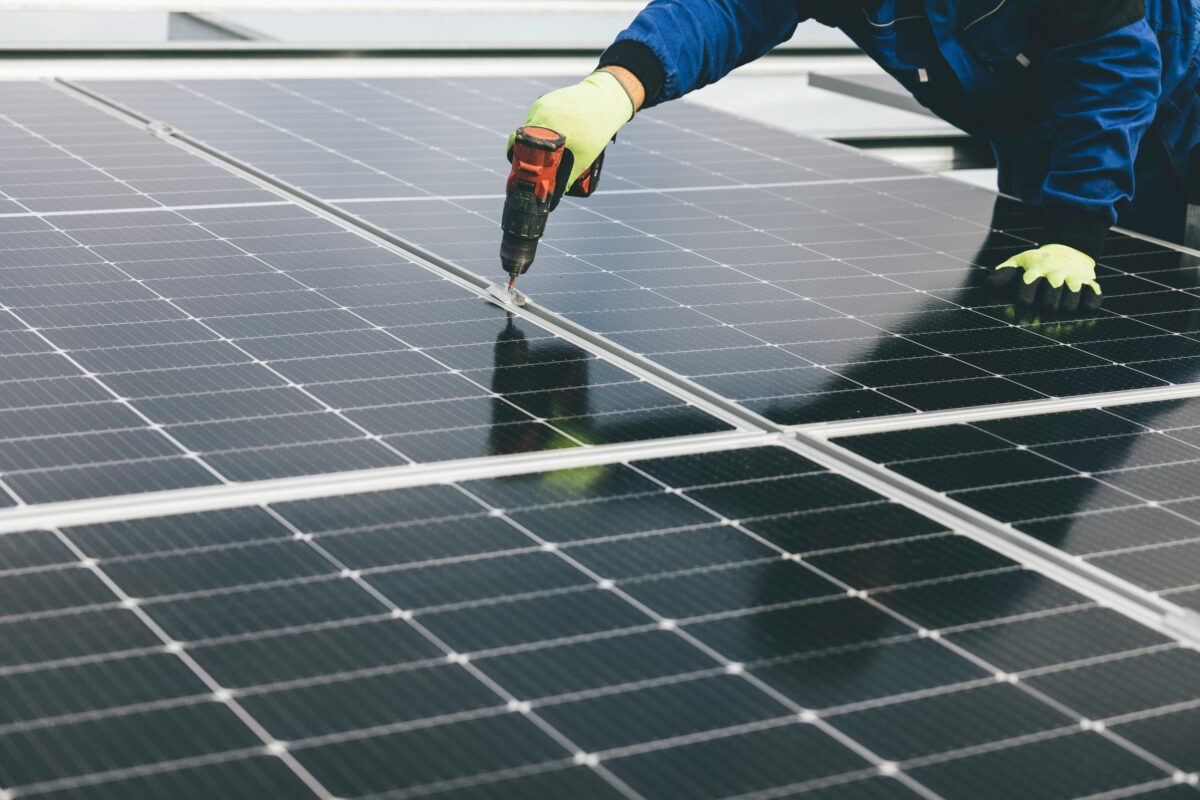
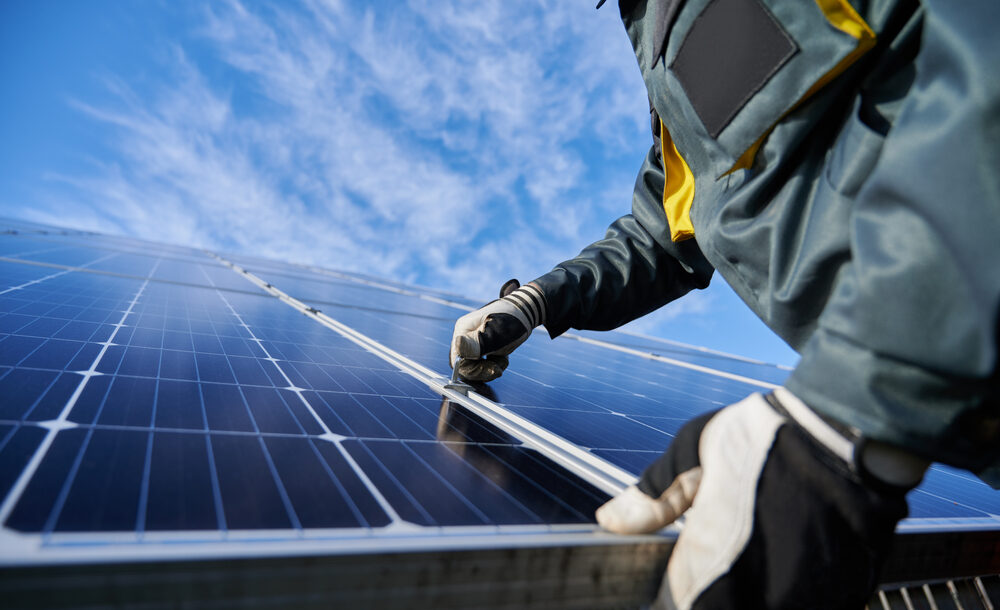


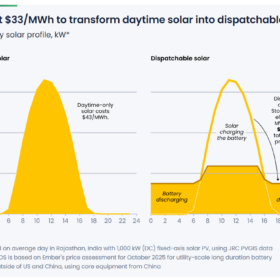
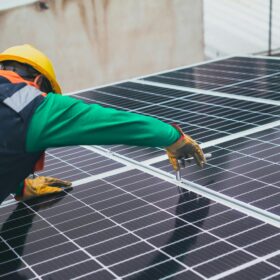


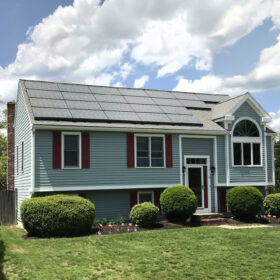
By submitting this form you agree to pv magazine using your data for the purposes of publishing your comment.
Your personal data will only be disclosed or otherwise transmitted to third parties for the purposes of spam filtering or if this is necessary for technical maintenance of the website. Any other transfer to third parties will not take place unless this is justified on the basis of applicable data protection regulations or if pv magazine is legally obliged to do so.
You may revoke this consent at any time with effect for the future, in which case your personal data will be deleted immediately. Otherwise, your data will be deleted if pv magazine has processed your request or the purpose of data storage is fulfilled.
Further information on data privacy can be found in our Data Protection Policy.